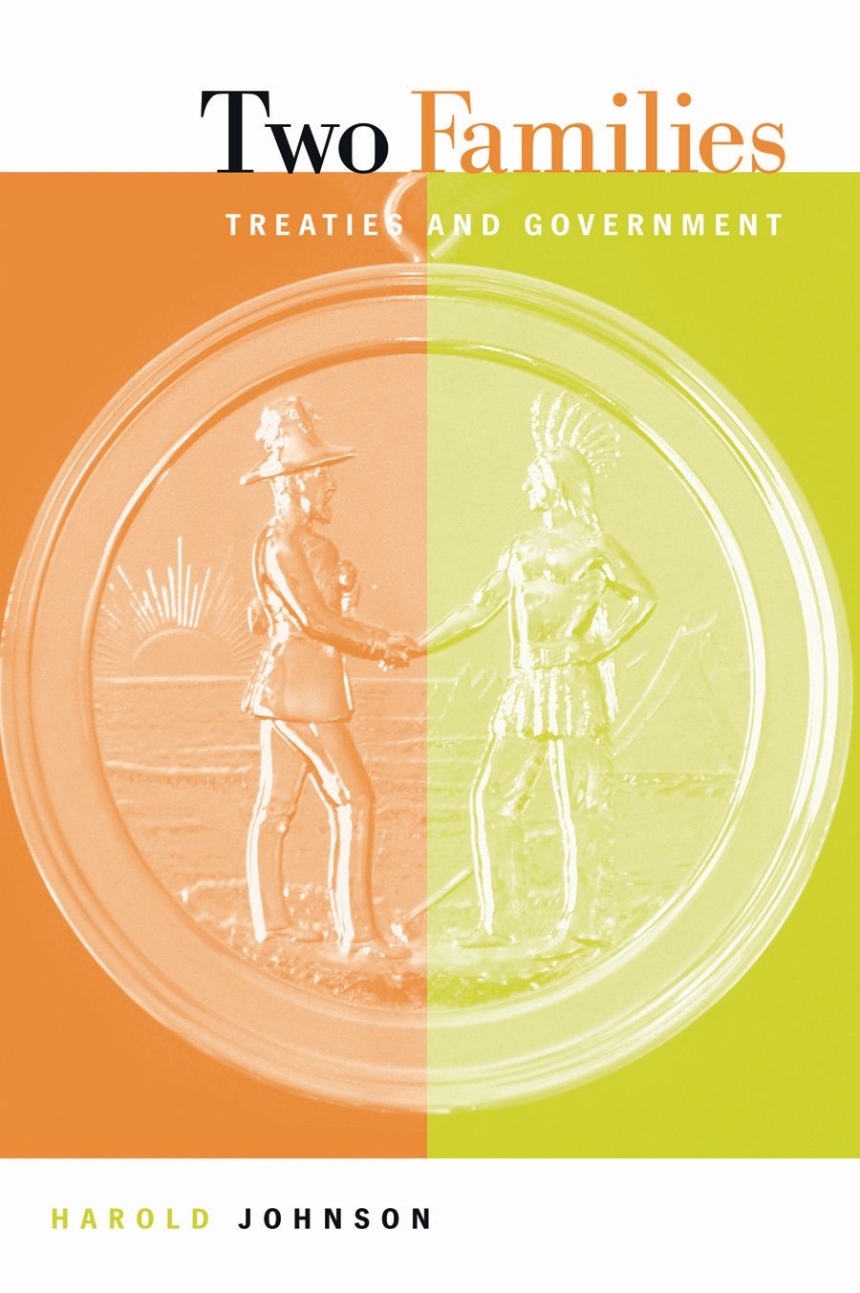First Nations Elders interpreted treaties as instruments that gave Europeans the right to settle here, share resources, and build a relationship of equality with those who were here before. These elders did not intend the treaties to allow the subjugation and impoverishment of First Nations, or give settler governments the right to legislate every aspect of First Nations activities. In an easy to read narrative, Harold Johnson presents an eloquent view, on behalf of a people, of what treaties represent, including the justice system and reconciliation of laws, resources and taxation, assimilation, leadership and sovereignty, Constitutional rights, youth, and relations between next generations.
Table of Contents
Introduction
Maps
1 My Family
2 Your Family
3 The Adoption of Your Family by My Family
4 Your Family’s Justice System
5 Reconciliation of Laws
6 Political Divisions
7 Resources
8 Taxation
9 Assimilation
10 Leadership
11 Sovereignty
12 Your Constitution
13 Youth
14 Next Generation
Appendix A: Treaty No. 6
Appendix B: Adhesion by Cree Indians
Notes
